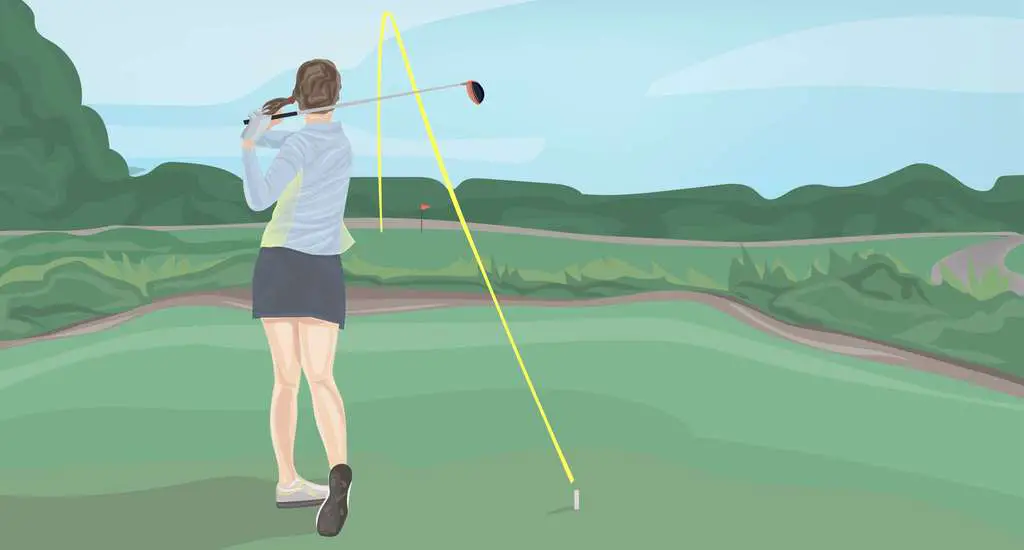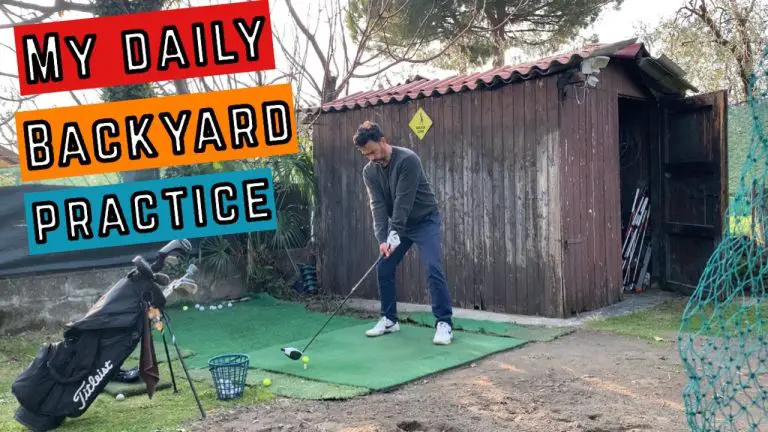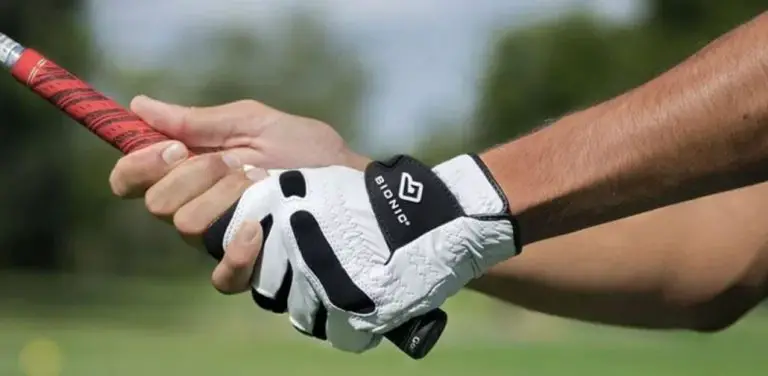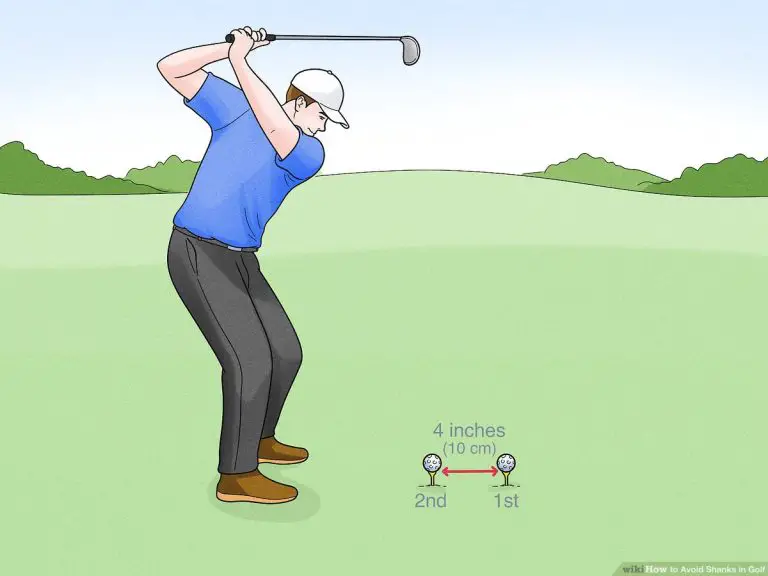Why Do My Golf Shots Go Left

Have you ever experienced the frustration of consistently hitting golf shots that veer off to the left? If so, you’re not alone. Many golfers struggle with the perplexing issue of shots that go left, leading to missed fairways, lost distance, and a lack of confidence in their game. Understanding the reasons behind this common problem is essential for making the necessary adjustments and improving your overall performance on the course.
In this comprehensive guide, we will delve into the factors that contribute to your golf shots going left. From swing mechanics and technique to grip, alignment, swing path, body position, weight distribution, and equipment selection, we will explore each aspect to provide you with a deeper understanding of why this occurs and how to rectify it.
Golf is a game that requires precision, consistency, and a combination of physical and mental skills. Even the slightest deviation in swing mechanics, grip, alignment, or equipment can lead to shots that veer left. By identifying and addressing these factors, you can gain control over your shots and achieve the accuracy you desire.
Whether you’re a beginner looking to improve your game or an experienced golfer seeking to eliminate that persistent hook, this guide will provide you with valuable insights, practical tips, and actionable strategies to help you hit straighter and more consistent shots.
So, let’s embark on a journey to unravel the mystery behind why your golf shots go left and discover the steps you can take to bring your game back on target.

Macro-Semantic Context: Swing Mechanics and Technique
Is my swing causing the ball to go left?
The first area to examine when your shots consistently veer left is your swing mechanics and technique. The way you swing the club plays a significant role in the direction the ball takes. Let’s explore the potential swing-related factors that may be causing your shots to go left.
Analyzing the role of swing path and clubface angle in shot direction
When you swing the club, the path the clubhead takes and the angle of the clubface at impact greatly influence the direction of the ball. A swing path that cuts across the target line from outside to inside, combined with a closed clubface, can result in a shot that starts left and continues on that path. It’s important to analyze your swing path and clubface angle to determine if they are contributing to shots going left.
Exploring common swing flaws that result in shots going left
Several swing flaws can lead to shots going left. These include an over-the-top move, an incorrect grip, poor weight transfer, and inadequate body rotation. Each of these elements can cause the clubface to close at impact, sending the ball left of the target. It’s essential to identify and address these swing flaws to improve shot direction.
Highlighting the importance of proper grip, stance, and body alignment
The way you hold the club, position your feet, and align your body also impact the direction of your shots. A grip that is too strong or too weak can affect the clubface angle, while an improper stance or alignment can lead to compensations in your swing. It’s crucial to establish a proper grip, stance, and body alignment to promote more accurate shots.
Micro-Semantic Context: Grip and Clubface Alignment
How does grip affect shot direction?
The way you grip the golf club has a significant impact on the clubface angle and, consequently, the direction of your shots. Let’s explore the role of grip and clubface alignment in shots going left.
Discussing the influence of grip pressure, hand placement, and clubface control
The pressure applied to the grip and the placement of your hands on the club can affect the clubface angle at impact. Gripping the club too tightly or positioning your hands incorrectly can lead to a closed clubface and shots that veer left. We’ll delve into the specifics of grip pressure, hand placement, and techniques for better clubface control.
Exploring common grip-related issues that lead to shots going left
Certain grip-related issues can contribute to shots going left. These include a strong grip, where both hands rotate excessively to the right, causing the clubface to close. Alternatively, a weak grip, where both hands rotate excessively to the left, can result in an open clubface at impact. We’ll examine these grip-related issues and provide guidance on how to correct them.
Highlighting techniques for improving grip and clubface alignment
Developing a proper grip and clubface alignment is crucial for improving shot direction. We’ll share practical techniques and exercises to help you refine your grip and ensure proper clubface alignment. By implementing these strategies, you’ll have better control over the clubface and reduce shots that go left.
Micro-Semantic Context: Swing Path and Body Alignment
How does swing path affect shot direction?
The path your club takes during the swing plays a significant role in the direction the ball travels. Understanding how swing path influences shots going left is essential for making the necessary adjustments to improve accuracy.
Discussing the relevance of swing plane and path in shot accuracy
The swing plane refers to the imaginary plane that the club moves along during the swing. A proper swing plane promotes a square clubface at impact, leading to straighter shots. We’ll explore the relationship between swing plane, swing path, and shot accuracy, and how deviations can result in shots going left.
Exploring swing path errors that lead to shots going left
Several swing path errors can cause shots to go left. One common error is the over-the-top move, where the club moves outside the ideal swing plane during the downswing, resulting in an out-to-in swing path. This swing path can cause the clubface to close and the ball to go left. We’ll delve into other swing path errors and provide insights on how to correct them.
Highlighting drills and exercises to improve swing path
Improving your swing path requires practice and repetition. We’ll share a variety of drills and exercises designed to help you develop a more consistent and proper swing path. These drills will focus on improving your swing plane, eliminating over-the-top moves, and promoting an inside-to-out swing path for more accurate shots.
Is body alignment influencing shots going left?
In addition to swing path, body alignment also plays a crucial role in shot direction. Misalignments in the feet, hips, or shoulders can result in swing path deviations, leading to shots that go left. It’s essential to assess and adjust your body alignment to achieve a more desired swing path.
Micro-Semantic Context: Weight Distribution and Balance
How does weight distribution affect shot direction?
The distribution of weight during the swing significantly influences shot direction. Understanding how weight transfer and balance impact shots going left is key to improving your overall ball-striking consistency.
Discussing the role of weight transfer and balance in shot accuracy
Proper weight transfer and balance help generate power and stability throughout the swing. Inadequate weight transfer or balance can disrupt the timing and coordination of the swing, leading to shots that veer left. We’ll explore the importance of weight distribution and balance and their impact on shot accuracy.
Exploring weight distribution errors that result in shots going left
Weight distribution errors, such as hanging back on the rear foot or shifting too much weight to the front foot too early, can cause shots to go left. These imbalances affect the club’s path and the timing of the clubface’s closure. We’ll discuss common weight distribution errors and provide guidance on how to correct them.
Highlighting drills and exercises to improve weight transfer and balance
Improving weight transfer and balance requires focused practice and body awareness. We’ll share a range of drills and exercises to help you develop a more efficient weight transfer and achieve better balance throughout your swing. By honing your weight distribution skills, you’ll gain greater control over your shots and reduce the tendency to go left.
Micro-Semantic Context: Equipment and Club Selection
Could equipment factors contribute to shots going left?
While swing mechanics and technique play a significant role in shot direction, equipment-related factors should not be overlooked. The selection of clubs and their specifications can influence shot tendencies. Let’s explore how equipment factors may contribute to shots going left.
Discussing the relevance of club fitting, shaft characteristics, and club selection
Proper club fitting is crucial for optimizing your equipment and minimizing shot tendencies. Factors such as shaft flex, length, and clubhead design can affect the club’s behavior during the swing, including shot direction. We’ll delve into the importance of club fitting, the impact of shaft characteristics, and the role of club selection in addressing shots that go left.
Exploring equipment-related issues that may cause shots to veer left
Certain equipment-related issues can contribute to shots going left. For example, using clubs with a higher degree of offset or a closed clubface angle can predispose shots to go left. We’ll discuss these equipment-related factors and provide insights on how to identify and address them.
Highlighting the importance of using properly fitted clubs
Using clubs that are properly fitted to your swing can significantly improve shot accuracy. We’ll emphasize the benefits of using clubs that suit your swing characteristics and provide recommendations on how to ensure proper club fitting. By using the right equipment, you’ll have a better chance of reducing shots that go left.
Conclusion
In conclusion, there are various factors that can cause your golf shots to go left. By analyzing your swing mechanics, grip, alignment, swing path, body position, weight distribution, and equipment selection, you can identify the areas that contribute to shots going left and make the necessary adjustments.
Remember, addressing shots that go left requires a comprehensive approach. It involves refining your swing mechanics, developing a solid grip, improving alignment, correcting swing path errors, optimizing weight distribution and balance, and ensuring proper club fitting. Regular practice, feedback from a golf professional, and a commitment to making incremental improvements are key to rectifying this issue.
As you work on these aspects of your game, remember to be patient and maintain a positive mindset. Golf is a game of continual learning and improvement. Embrace the challenge and enjoy the journey of honing your skills.
So, the next time your golf shots go left, use it as an opportunity to evaluate your technique, equipment, and overall approach. Implement the strategies and drills discussed in this guide, and with practice and persistence, you’ll see a positive change in your shot direction. Keep swinging, stay focused, and enjoy the game of golf to its fullest.




